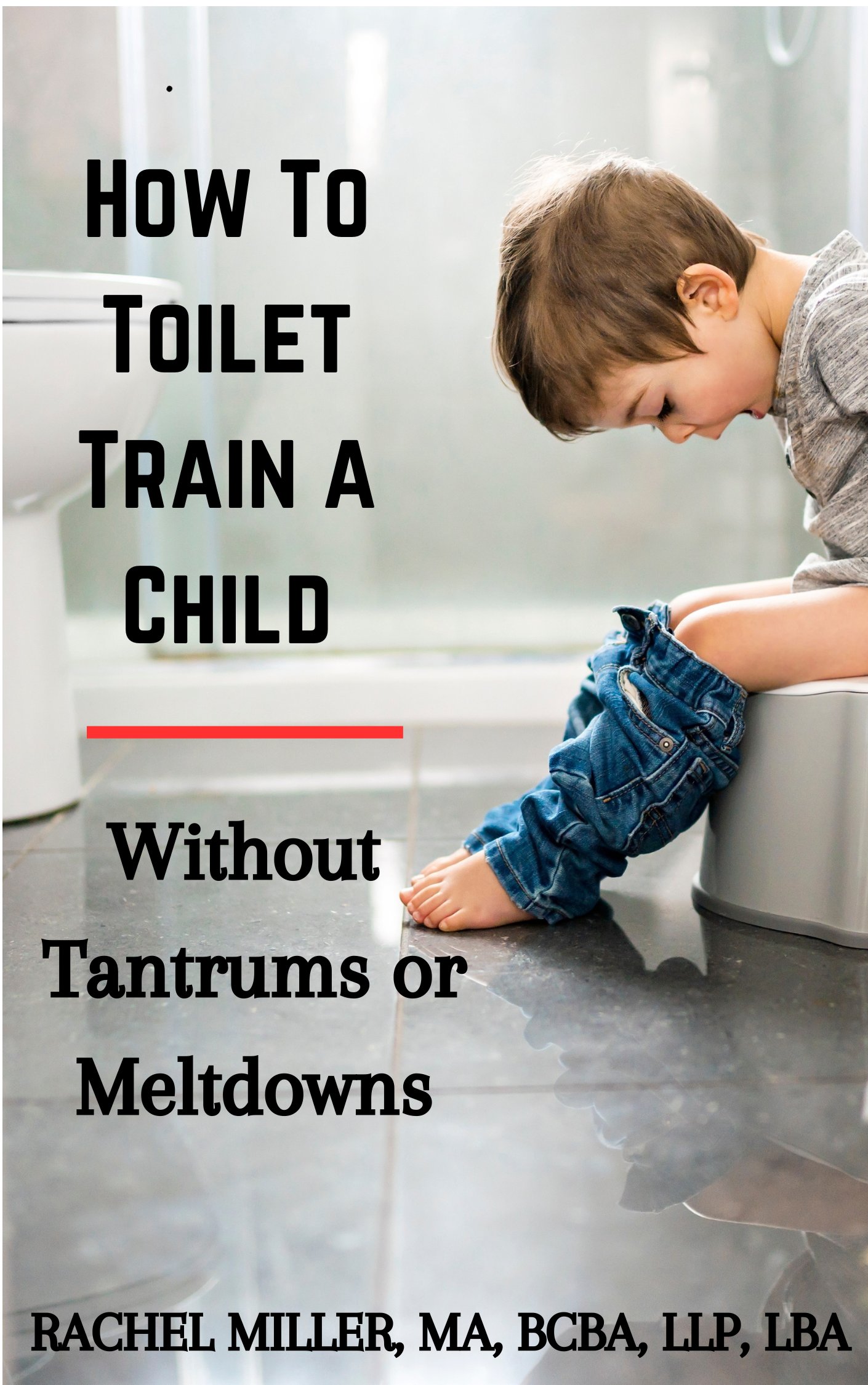Free Printable Behavior Charts
On this page, you’ll find a variety of free printable behavior charts that can be used by parents, teachers, or caregivers to promote positive habits and reduce challenging behaviors. Whether you’re supporting a preschooler who struggles to share, a grade-schooler who forgets chores, or a child who needs a little motivation to finish homework, these charts are designed to make your job easier—and to make learning new behaviors fun for kids.
Behavior charts are a simple but powerful visual tool. They help children understand expectations, track progress, and celebrate success. By pairing charts with praise, structure, and consistency, you can create a supportive environment that nurtures responsibility and self-control over time.
Why Use Printable Behavior Charts?
Children thrive on structure and clear expectations. Many challenging behaviors arise because kids don’t yet have the tools to manage impulses or understand what’s expected of them. A printable chart turns abstract ideas like “be good” or “listen better” into something tangible and achievable.
When you show a child exactly what behavior earns a sticker, star, or token, they begin to connect their actions with positive outcomes. Over time, these small reinforcements help kids develop intrinsic motivation—learning to make good choices not just for a reward, but because it feels good to succeed.
Printable behavior charts are also flexible: they can be tailored to suit any child’s age, goals, or abilities. Whether you need something visual and simple for a toddler or a more detailed checklist for an older child, you’ll find an option that fits your needs below.
Choosing the Right Chart
Before printing, take a moment to think about your child’s learning style and developmental level.
- Age and comprehension: Younger children who can’t read benefit from charts with pictures or symbols (like stars, smiley faces, or favorite characters). Older children may prefer charts that list specific goals they can check off independently.
- Behavior focus: Are you trying to reduce unwanted behavior (like hitting or yelling) or increase positive actions (like completing homework or using kind words)? Some charts work better for one or the other.
- Motivation style: Every child is different. Some are driven by earning stickers or tokens, while others respond better to privileges like screen time, special outings, or verbal praise.
If your child struggles with more complex or aggressive behaviors, it’s best to focus on building positive behaviors first rather than punishing negative ones. Rewarding effort and progress often leads to greater success than focusing on what went wrong.
Homework Charts
Is homework time turning into a daily battle? My free printable homework charts can help restore peace to your household.
These charts allow children to track daily or weekly assignments, mark off completed work, and earn rewards for staying organized. When paired with a consistent after-school routine and a calm work environment, they can make homework time more productive and less stressful for everyone.
Try combining your homework chart with a few study tips or time management strategies—for instance, setting a timer for focused work sessions, followed by short breaks. A little structure goes a long way toward helping kids take responsibility for their learning.
Free Printable Behavior Charts for Stickers
Sticker charts are one of the most beloved (and effective) types of behavior charts for young children. With our free printable sticker charts, your child can choose a favorite theme—sports, animals, or colorful shapes—and earn stickers for each completed task or positive behavior.
Each time they fill in a row or column, you can celebrate with a small reward. The act of placing a sticker itself often serves as immediate reinforcement, which is ideal for kids who need quick, frequent feedback. Over time, you can gradually stretch out rewards as your child becomes more consistent.
Remember: the goal isn’t just to collect stickers—it’s to build lasting habits like cleaning up toys, brushing teeth, or using polite words without reminders.
These
particular free printable behavior charts allow you to have your child choose his/her favorite
stickers to be placed in the squares as each task or behavior is completed.
Once you establish a goal and your child meets it, you can celebrate with
his/her chosen reward. If the child is highly motivated by stickers, these can work great to reinforce behavior despite not getting a desirable item until after earning a few stickers first. There are three to choose from, one for girls, one for boys, and one that is gender neutral.
Feelings Charts
Sometimes, the hardest part of parenting isn’t managing behavior—it’s helping children understand their emotions. That’s why we’ve included several free printable feelings charts designed to encourage kids to talk about how they feel.
You can use these charts as part of a daily check-in. Ask your child to point to the face or word that matches their mood, then discuss what happened that day. Over time, this helps children build emotional vocabulary and learn that it’s okay to express different feelings.
There’s a simplified version for younger children and a more detailed one for kids with stronger language skills. These charts are especially useful for teachers, therapists, and parents who want to support emotional growth and communication skills.
Incentive Chart for Picky Eaters
This incentive chart is for picky eaters to encourage them to try new foods. Studies show it can take more than 10 attempts at trying a new food before a child may like it. This allows parents to reward the behavior of trying the food, while also hopefully increasing the types of things a child is eating.
Be sure to use a strong reward (perhaps a yummy dessert!) for each time the child tries, until they are more willing to try things. Then gradually fade the reward over time. I have already gotten my son to try raw cucumbers, carrots and red pepper and I thought for sure he never would! They even ask for these foods now along with cauliflower, brussel sprouts and broccoli! Just remember it takes 17 times of trying a new food to start to like it, so don't wait to download these free printable behavior charts to help you get started.
Additional Tips for Success
Using a behavior chart effectively takes more than just printing and posting it. Here are a few simple strategies that can make a big difference:
- Keep goals realistic. Start small. Focus on one or two behaviors at a time.
- Be consistent. Praise and rewards should be given promptly and fairly.
- Involve your child. Let them help choose the chart, stickers, or rewards—it increases ownership and motivation.
- Model positive behavior. Children learn best by example, so show them what cooperation and persistence look like.
- Review progress together. Talk about what’s going well and celebrate small wins.
Charts are not meant to be used forever. Once a behavior becomes consistent, phase out the chart gradually while keeping praise and encouragement strong. The goal is to help your child internalize those positive habits naturally.
If the charts on this page aren't what you are looking for, be sure to check out my other pages with Free Printable Behavior Charts!
If you haven't already, be sure to check out my ebooks, now on Amazon!





